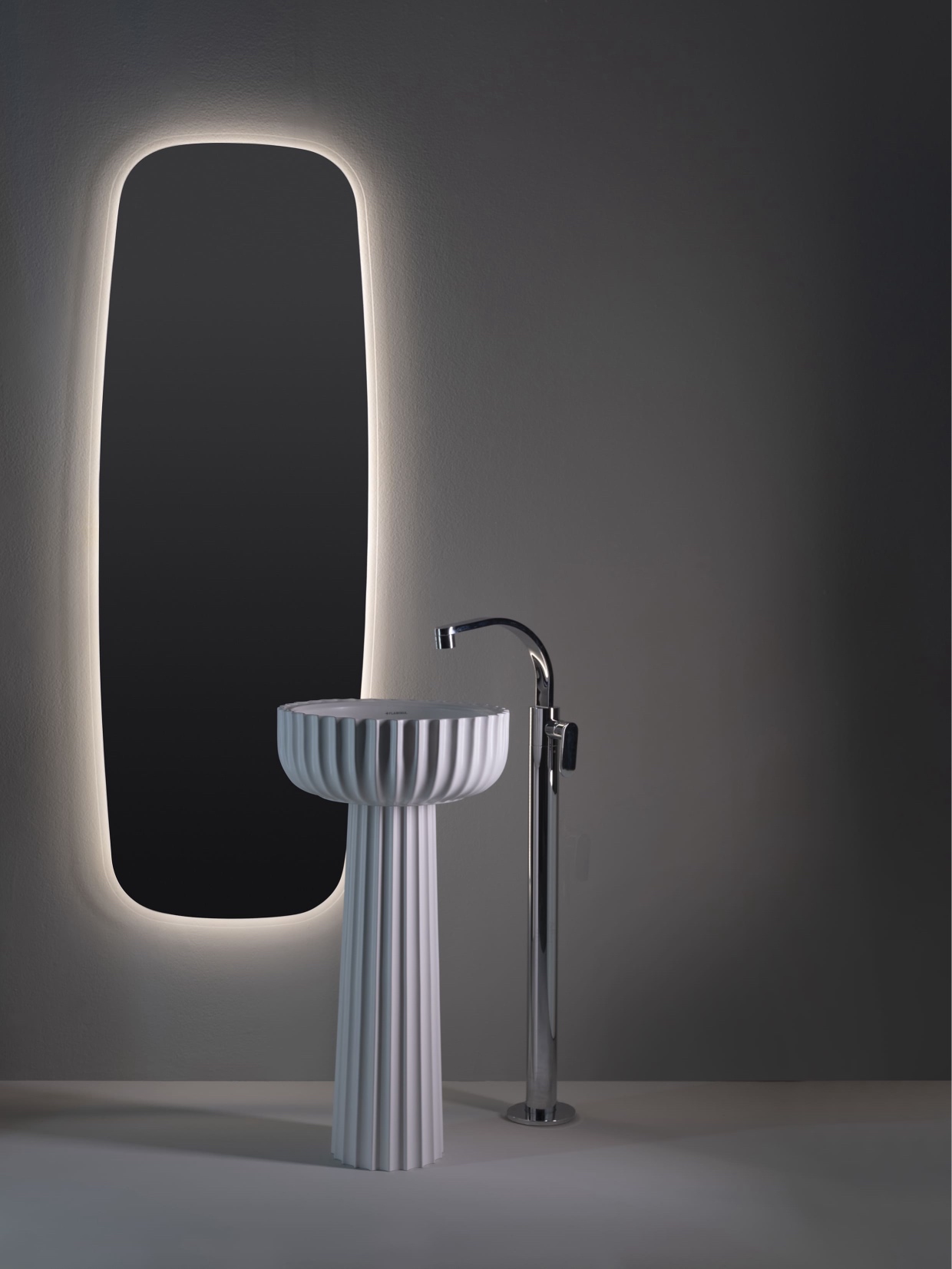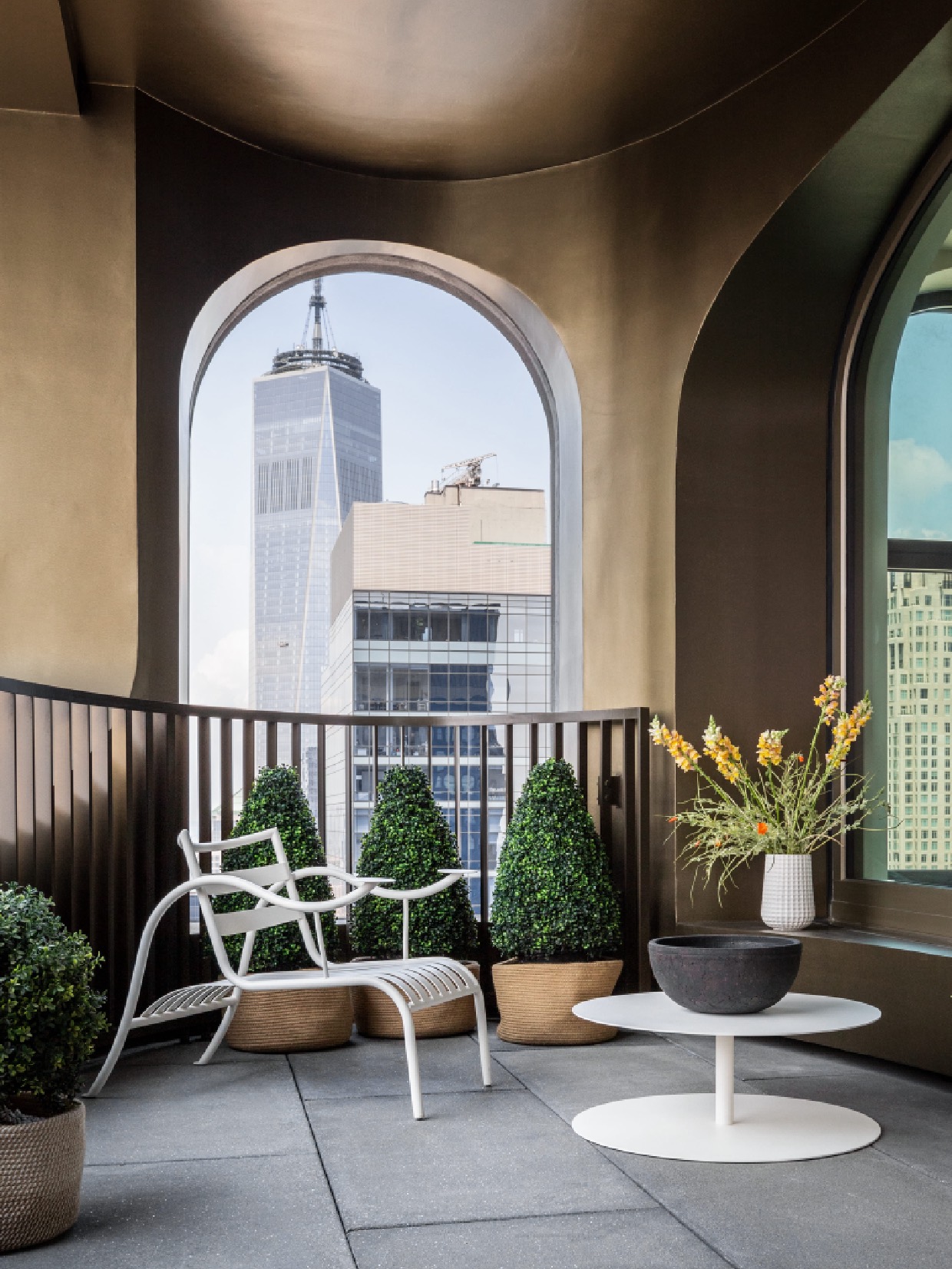

| CANVAS OF PLANS & DRAWINGS |
INTERIOR & DÉCOR, but with a twist |
| HOTELS & RESTAURANTS, beyond mainstream |
Notes on ART |
| Into big AFFAIRS | INSIDERS |
| GLIMPSES | |
Keywords:
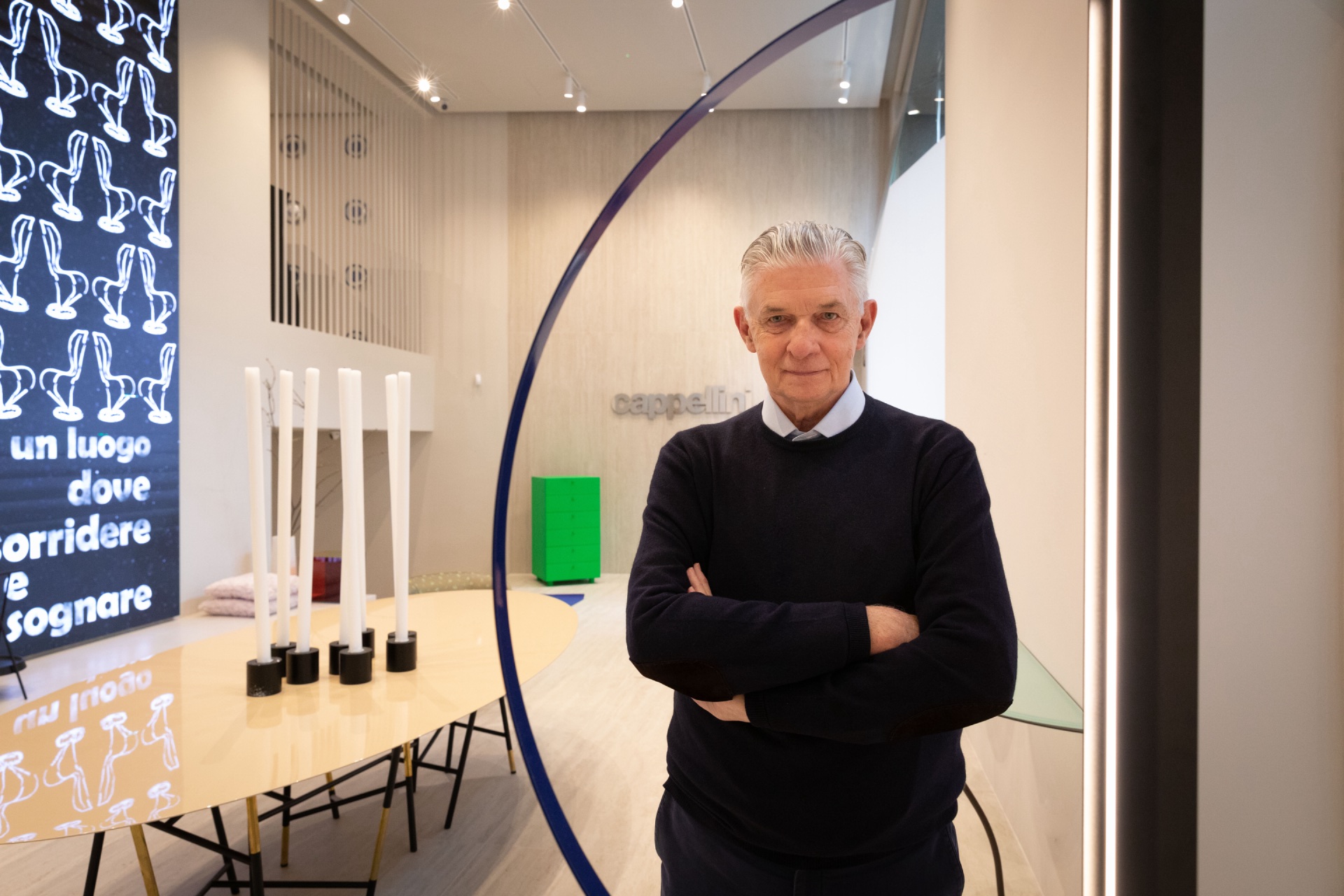
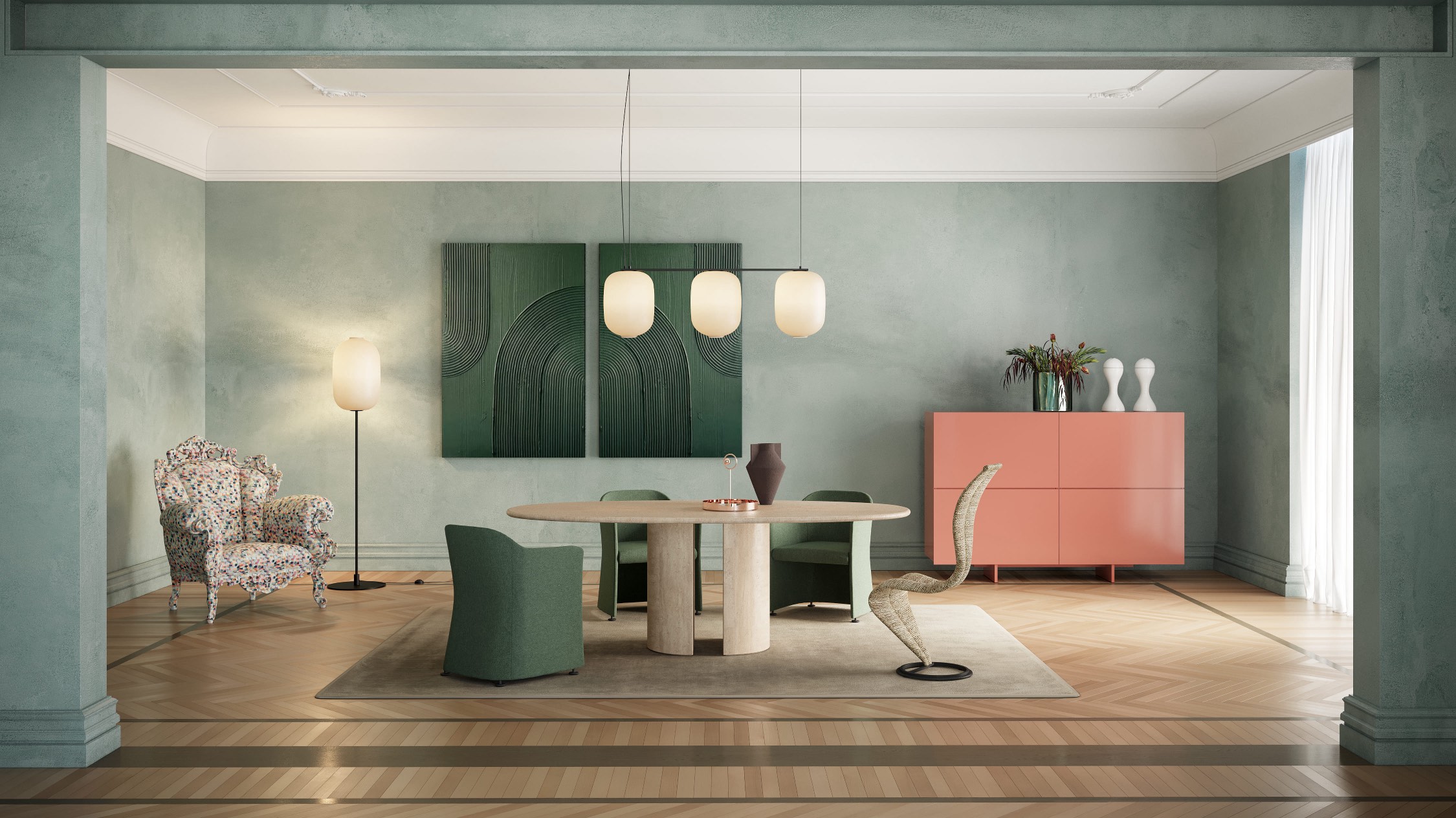
Design is evolving in a direction where projects are becoming more and more comprehensive, covering all aspects, at three hundred and sixty degrees. While in the past design meant drawing a product, today those who undertake a project must oversee the process from beginning to end, starting from initial ideas, up to prototyping and market placement. Design is evolving towards providing serious and concrete answers to the market’s needs as they change and evolve themselves. In short, these days we must not only strive to create good products, but also, and more importantly, new ideas to understand contemporary paradigms of living, working, traveling, and experiencing.
In more concrete terms, until a few years ago, the house was an absolutely private place, almost opposite to the office, understood as a place where to work only. Today, it is generally accepted to work and receive friends at the same place, so that one table might serve both as a desk for ten hours a day and a place of conviviality in the evening hours. Naturally, sitting on a chair for an hour for lunch or dinner is quite different from occupying it for ten hours with work on our minds. Moreover, if we are at home, we want a comfortable chair that does not look like an office chair, and this dynamic belongs to the way design is evolving.
Another factor is the so-called domestic nomadism. If before the rooms of the house had very precise roles, today, if even the apartments have the same layouts, the kitchen is no longer just a place for cooking. Here, we work on the computer, help children with homework, and so on. Similarly, the bathroom, once a utility room, has now become a wellness area. Therefore, designing today also means creating flexible, lightweight objects that can be placed in various rooms of the house. And, above all, it means creating what I call hybrid objects, which can be used interchangeably in homes, offices, and “high-traffic spaces” like hotels. Hence, there is a strong evolution in the attempt to meet market needs or even anticipate the demands and thereby provide solutions in advance.
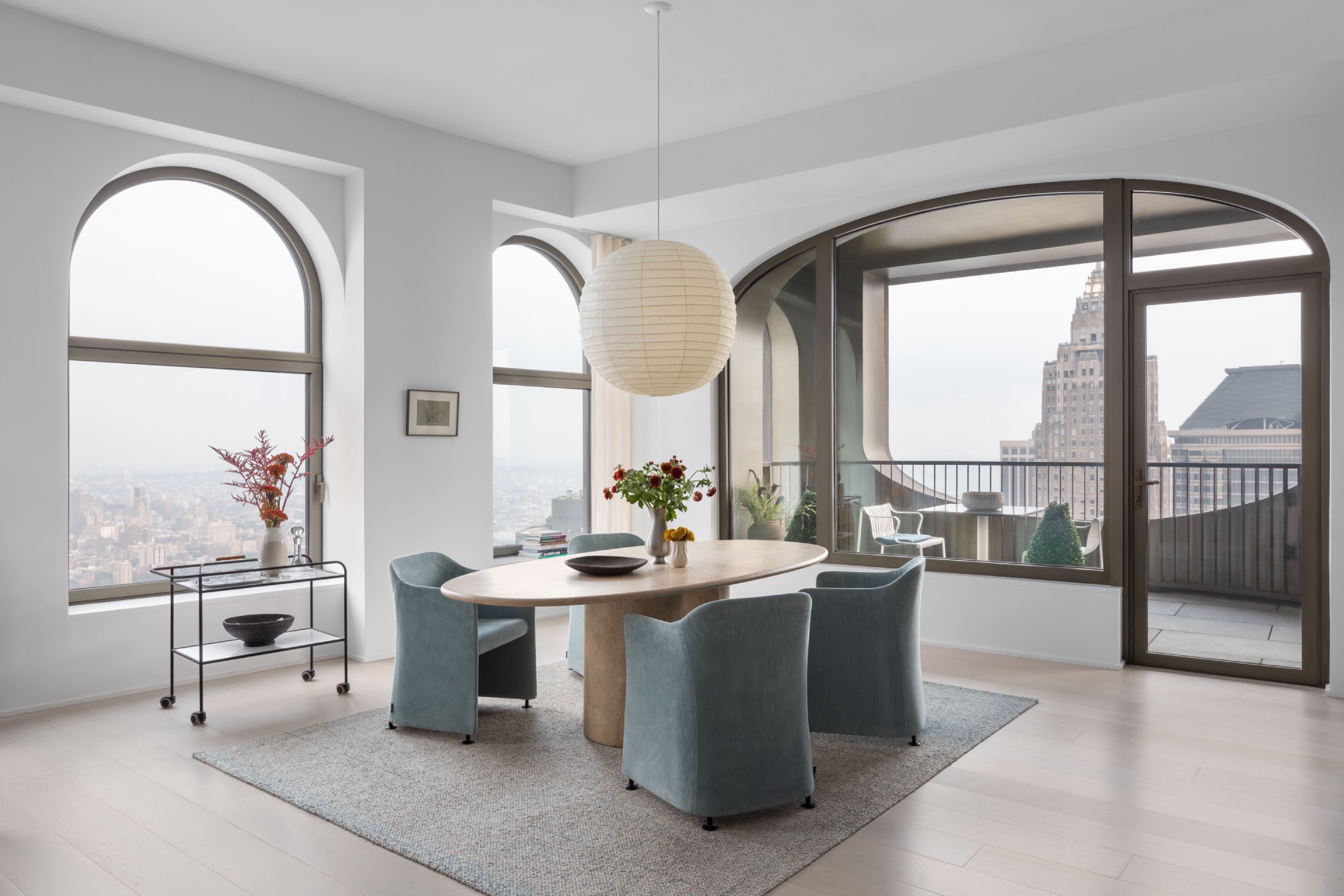
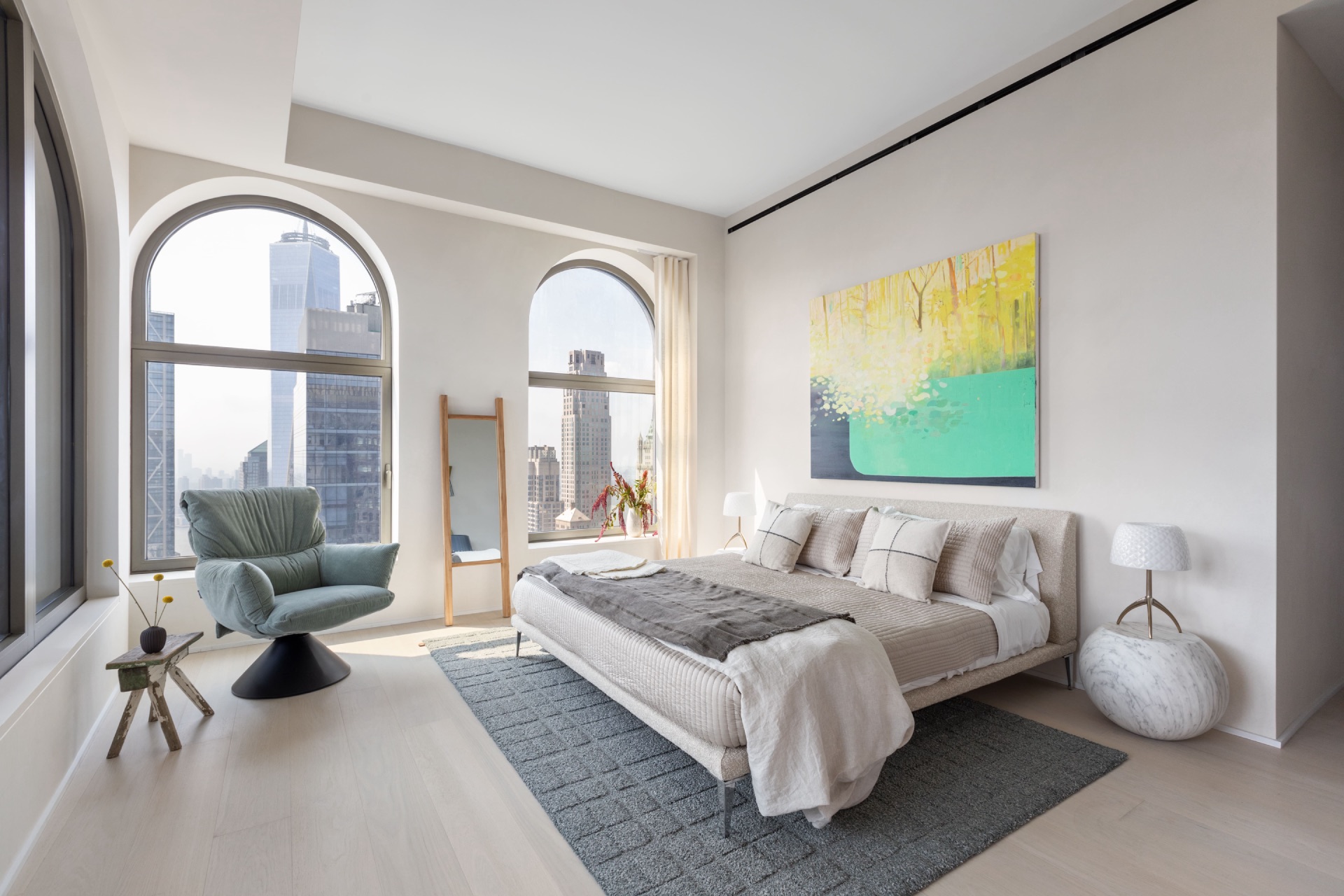
The culture of design does not correspond to creating a new product, quite reasonably means thinking about novel ideas and creating new landscapes. Then, it is clear that within these landscapes there must be products, but first it is necessary to trace around them the contours of what will be the new landscapes of living, working, and traveling. A project in the deepest sense of the term is not built overnight, and in this regard, I believe that in recent years, too much emphasis has been placed on the superficial aspect, on appearance rather than on content. This is why I argue that we must return to the origins of the design phenomenon to create extraordinary projects. And I do not mean extraordinary in terms of images, but in terms of the use of materials, technologies, and concrete responses to the real needs of the consumer. In short, project culture is the awareness of doing something better today than what was done yesterday.
